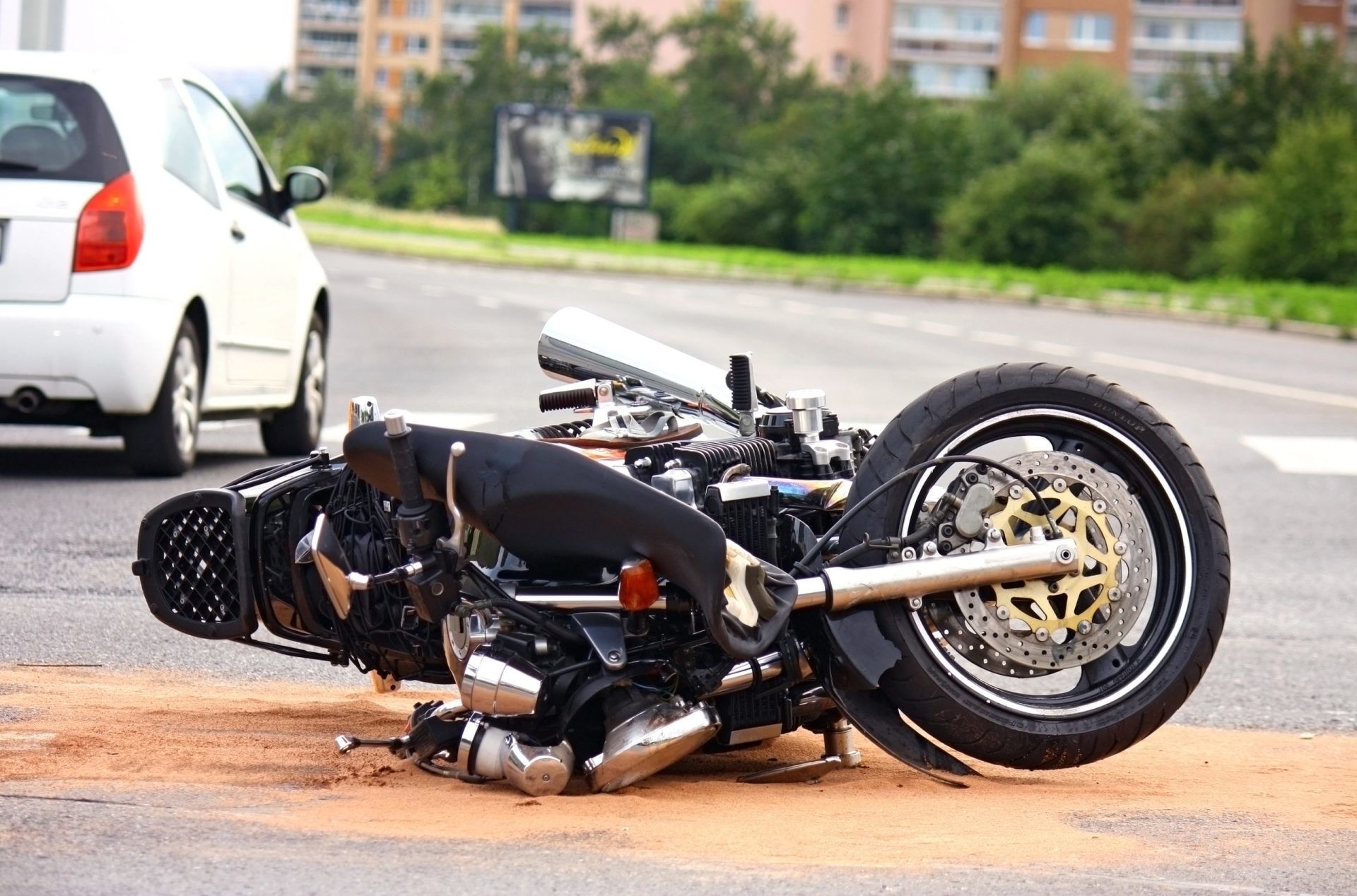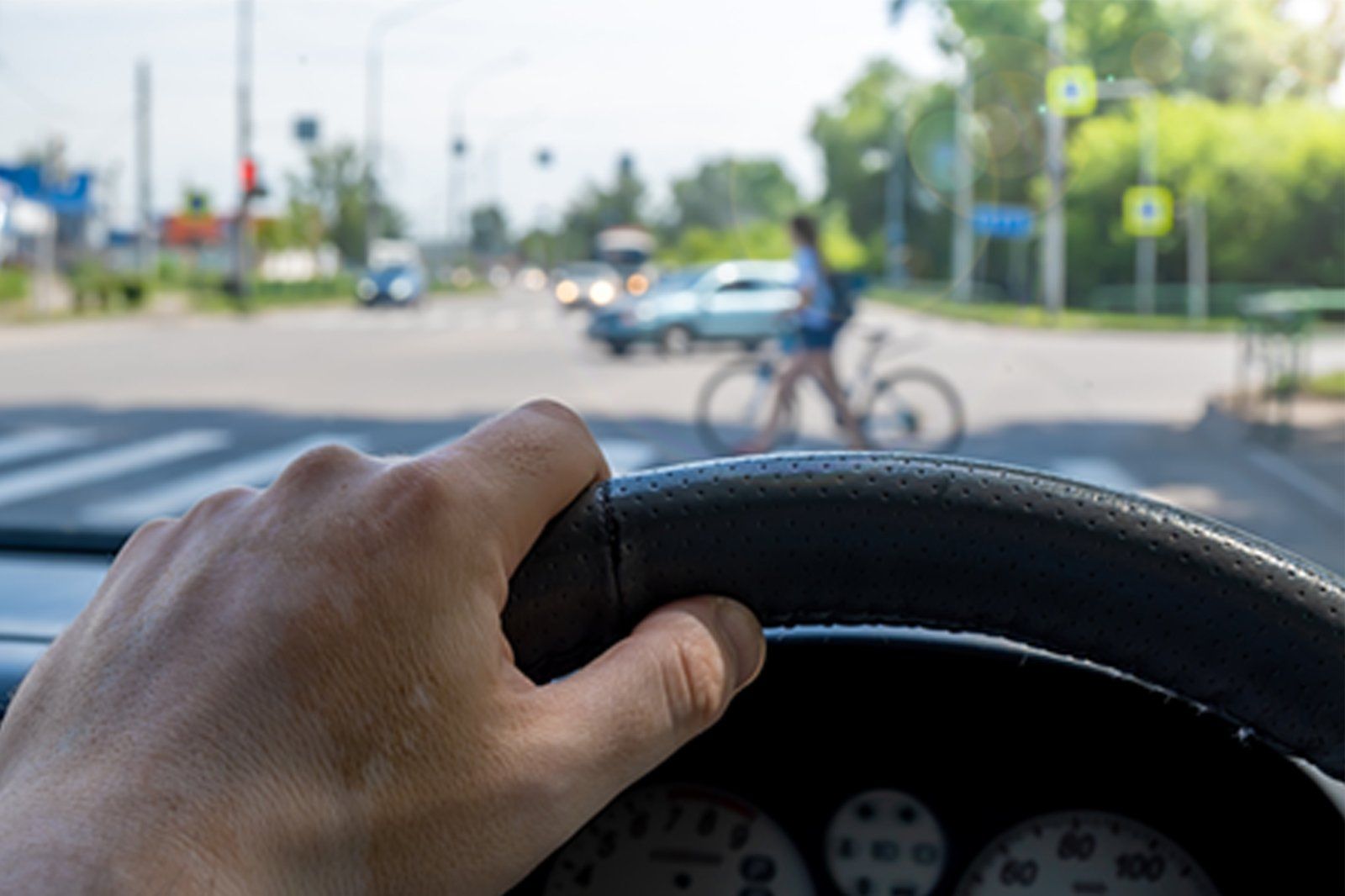Getting Legal Help During COVID-19
JOINT CUSTODY DURING COVID-19
During these trying times, everyone should be focused on staying at home, and the health of themselves and others around them. However, navigating a joint custody agreement during this time could get a little complicated. Due to COVID-19, the majority of state and family courts are only accepting abuse and endangerment cases. This closure can create a lot of anxiety and confusion when trying to determine how separated parents will deal with their child going back and forth from houses. The majority of states have issued a stay at home order, which entails only going out for essential reasons.
As for Chicago, Governor Pritzker did specify that abiding by a court order would qualify as essential travel, thus allowing for children to move between houses as specified by the custody agreement. Meaning that these court orders should be followed during this time. However, there are probably many concerned parents out there that aren’t comfortable allowing their child to move back and forth from houses as it could pose a risk to the child if the other parent is not abiding by the stay at home order and social distancing. Legally, due to courts being closed, there’s not too much you can do to change the agreement. The best actions to take would be to communicate with your child’s other parent and determine what you both believe would be the best course of action for your child’s safety.
If your child is high-risk, or you believe that the other parent could have been exposed to COVID-19 it could be the best course of action to come up with a temporary alternative plan for the course of the pandemic. If an agreement cannot be made, then resorting to a family law attorney for advice and mediation could be best to determine what is best for the child.
GETTING SICK AT WORK
Most people during COVID-19 have transitioned to working online, but there are still many people out there in the forefront of the pandemic. These people go to work every day being put in a potentially compromising position as they risk being exposed to COVID-19. If you are one of these people, you are probably concerned about what is going to happen if you are exposed to or contract the Coronavirus while on the job.
FAMILY AND MEDICAL LEAVE ACT
Employers who have 50 or more workers for 20 or more weeks of the year are required to follow the federal Family and Medical Leave Act (FMLA). However, in order to benefit from this act, it requires that the employee has worked for the employer for a minimum of 1 year (12 months) and worked at least 1,240 hours (about 24 hours a week) over the course of the prior year. This act ensures that employees have 12-week job-protected leave for medical reasons. Despite the fact that this act does not require employers to issue paid leave, some employers may offer several weeks anyway, so it is best to talk to your employer to get a better understanding of what you can expect from them. This act also allows you to take up to 26 weeks of FMLA leave to care for a family member who has COVID-19.
WORKERS’ COMPENSATION
Working on the front lines during this pandemic may have you concerned about what you are going to do financially if you end up catching COVID-19 and cannot return to work. If you are in Chicago you might be aware that Governor Pritzker had requested that the Illinois’ Workers’ Compensation Commission pass an emergency rule that would further support frontline workers who are infected with COVID-19 by presuming it was a result of their work duties. This emergency rule expanded workers’ compensation insurance for many groups of workers considered “essential” during the stay-at-home order, and. However, when the rule was passed there was much backlash from many business groups, arguing that the rule would necessitate employers to deal with added medical expenses and salary benefits for an employee who contracted the virus, even if there was no proof that the employee was exposed to the virus at the workplace.
The executive director of the Illinois Nurses Association, however, saw this new rule in a positive light. Many nurses have been experiencing questioning from their employer about where they contracted the virus, even though their workplace is an extremely likely place to be exposed to the virus. However, a judge decided to issue a temporary restraining order to the rule due to a lawsuit filed by the Illinois Manufacturers’ Association and the Illinois Retail Merchants Association. Thus, initiating the Illinois’ Workers’ Compensation Commission to repeal the emergency rule.
Despite this emergency rule being retracted, the Illinois Workers’ Occupational Diseases Act may still cover you if you are exposed to COVID-19 at work and are infected.
If you contract COVID-19 at work, Whiteside & Goldberg Ltd. are here to help you get the compensation that you deserve! Contact us at 312-334-6875.
WHITESIDE & GOLDBERG, LTD.
If you are an essential worker still showing up every day to do your job and help others, we greatly appreciate the role that you are playing in keeping our country alive. Should you fall ill to the COVID-19 virus, we don’t want you to have to worry about your financial situation on top of everything else. The skilled attorneys at Whiteside & Goldberg, Ltd. are here to help you get the workers’ compensation that you deserve during this difficult and uncertain time.
Whiteside & Goldberg Law Group always offers a free consultation before you make the decision to proceed. You do not have to worry about paying anything upfront to work with an experienced attorney. You never make a payment until they win a settlement for you. As a COVID-19 First Responder, you are more vulnerable to contracting the coronavirus than most. For expert legal advice, call 312-334-6875 to speak to an attorney. Get the professional legal help that you need.
The content of this blog is intended for informational purposes only and does not constitute or establish an attorney-client relationship, nor constitute legal advice. If you wish to discuss any further aspect of the material contained herein, please contact an attorney at Whiteside & Goldberg, Ltd.





